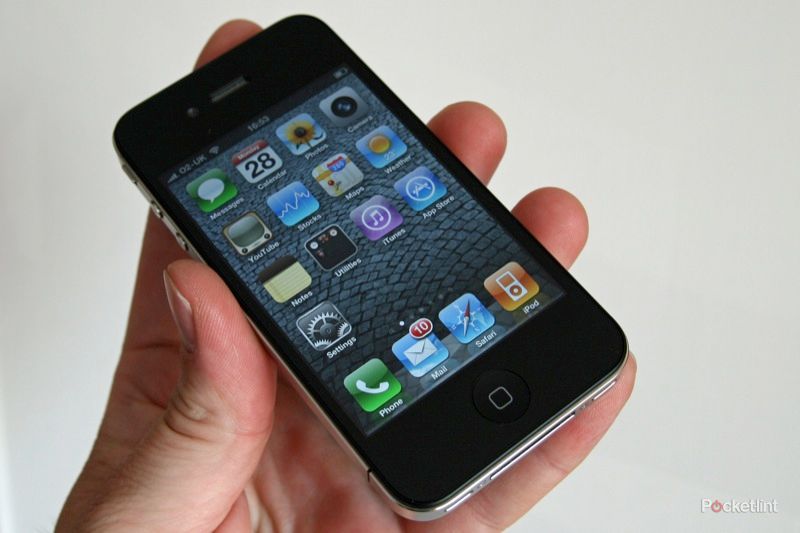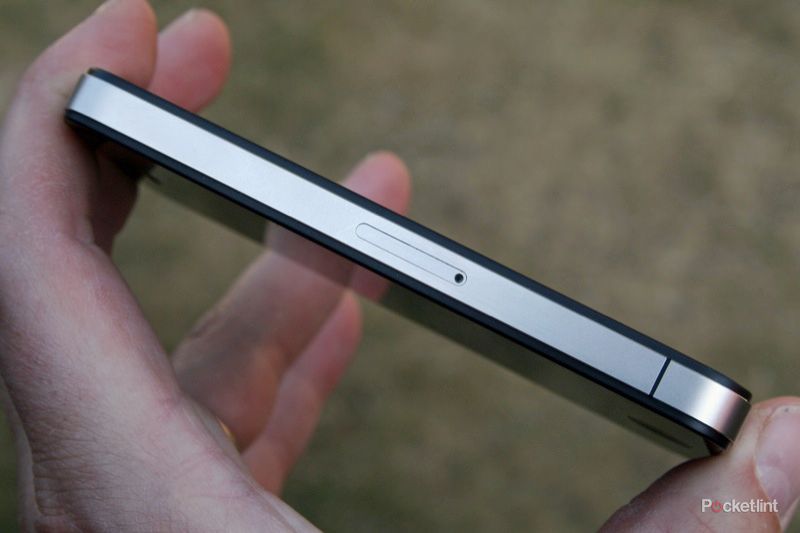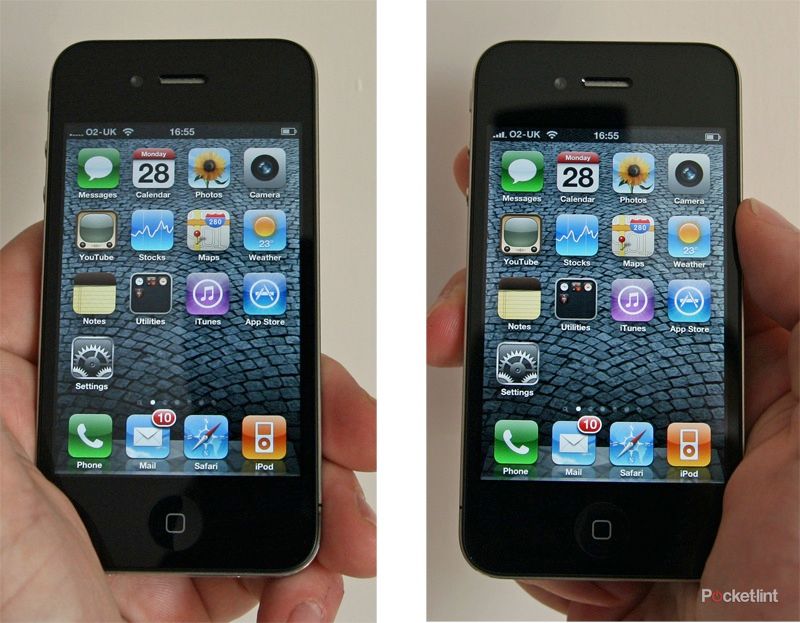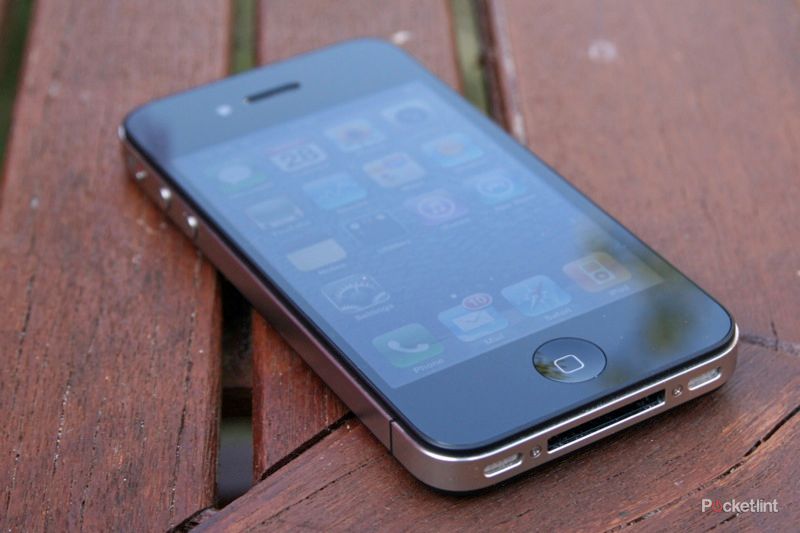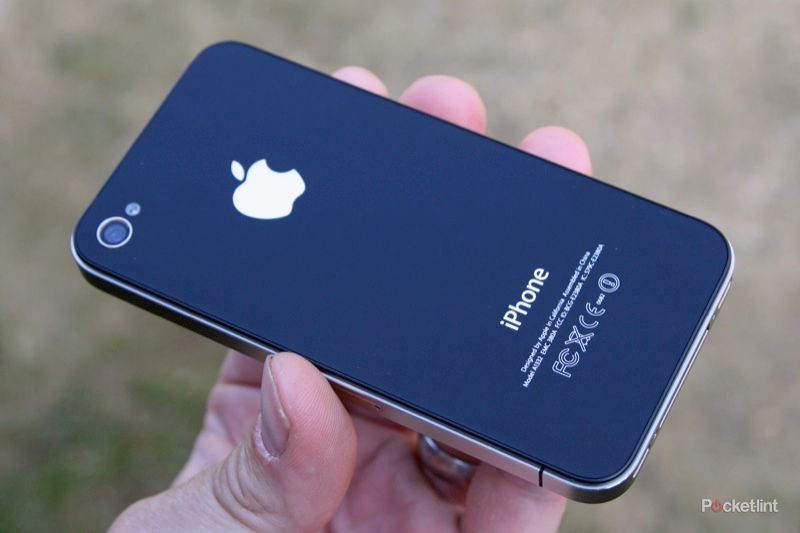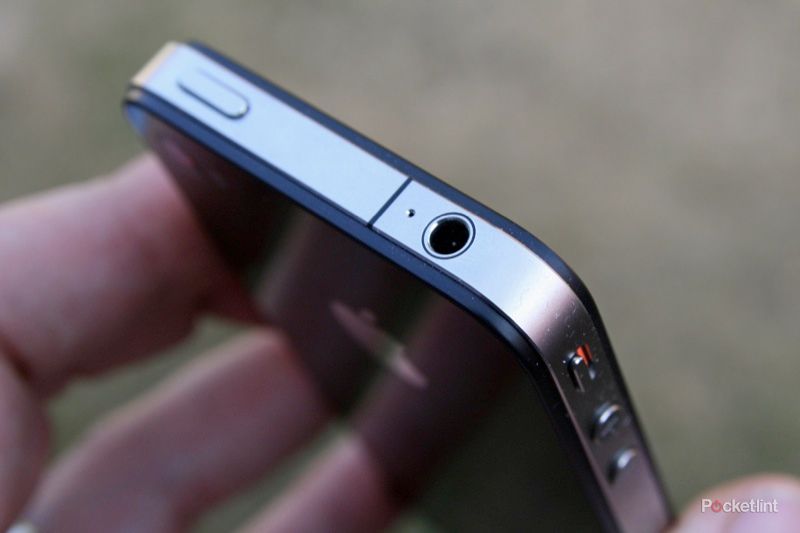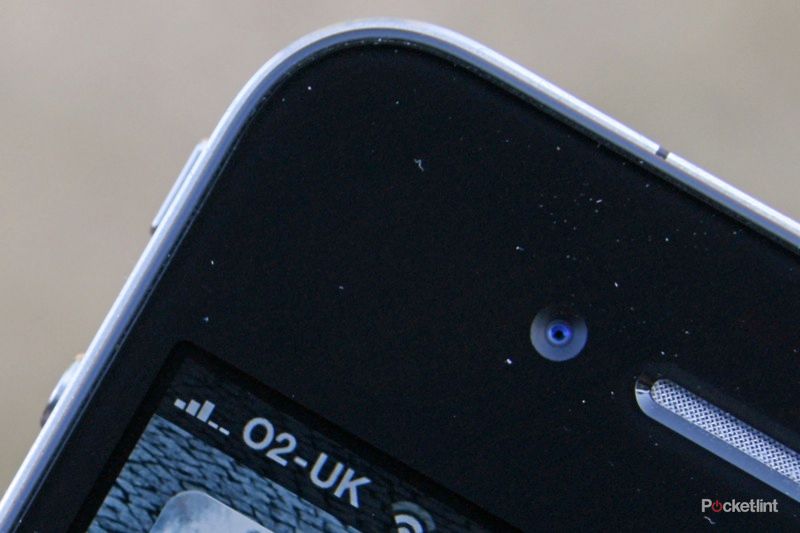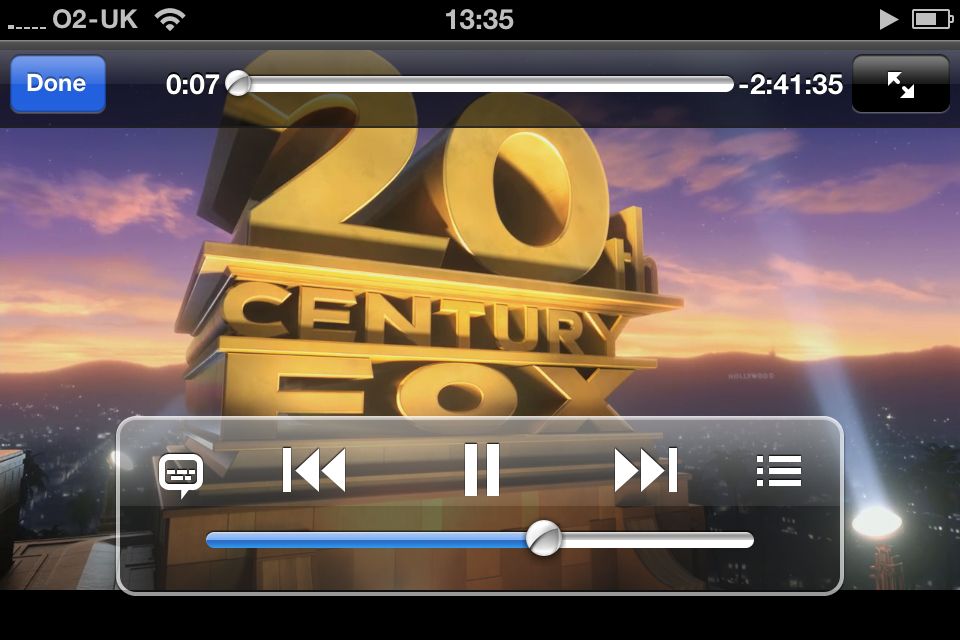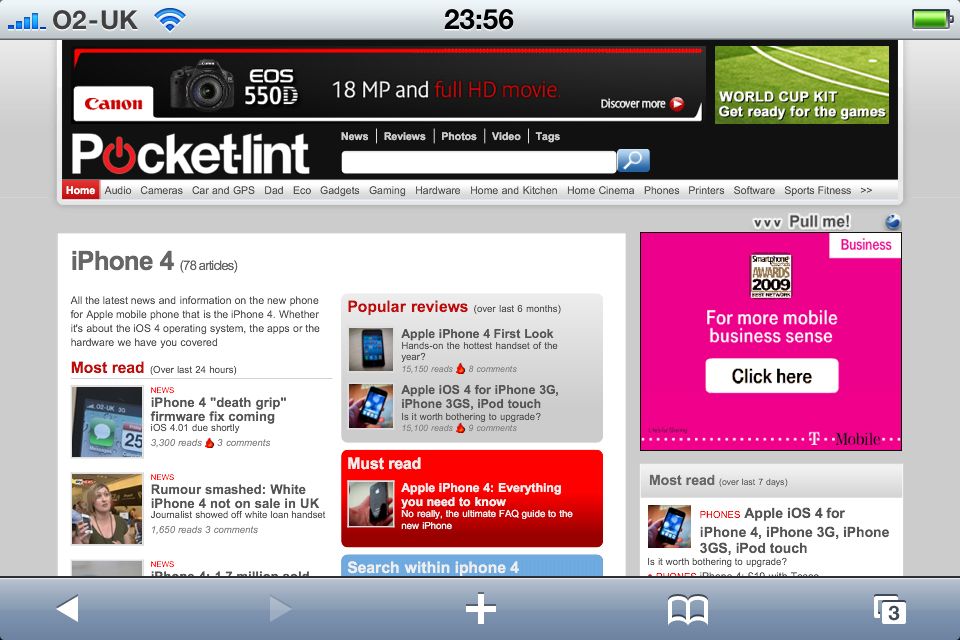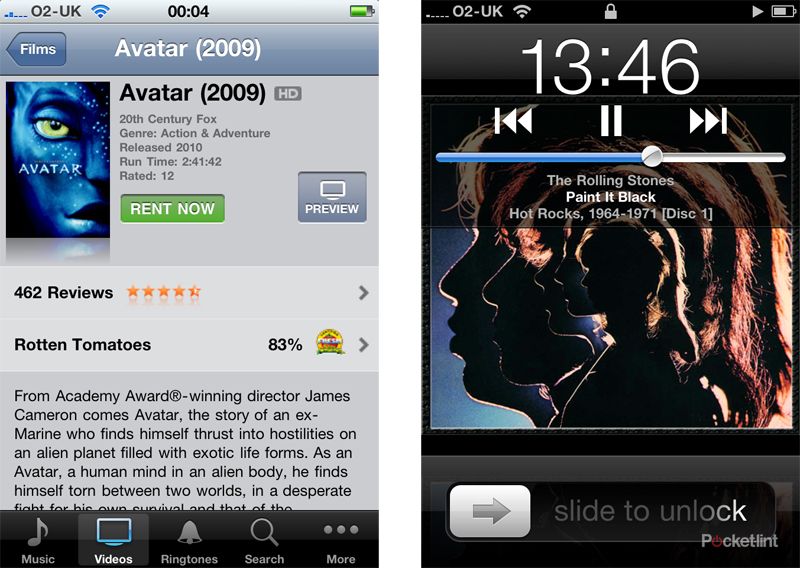No phone has been as anticipated this year as Apple's update to its hugely popular iPhone 3GS, this time bringing in new hardware and a new design to complement a new operating system in iOS 4. We thought HTC Desire fever was big, but nothing can beat iPhone fever.
Our quick take
The iPhone 4 isn't just a new piece of hardware, it's the next vehicle for the world of iOS 4 and the App Store. But those hardware changes are welcomed. The inclusion of a higher-spec screen is the most significant step, combined with a faster processor, meaning it can capture and playback HD content from the new 5-megapixel camera.
The internal camera, whilst attracting a fair amount of attention at launch may just vanish into insignificance, but if you can connect it up to other video conferencing clients successfully, then there is more of a case for it. Of course bloggers will be able to talk to camera and upload to YouTube on the fly very easily.
Is the iPhone perfect? Of course not. The experience is very well managed by Apple and many love this intuitiveness, however many will loathe the restrictions you find in place. The design, whilst it looks nice, isn’t the most comfortable phone to hold or use and the reception problems just compound a long history of discomfort around actually making a phone call.
Apple has made its play with the iPhone 4 which we expect to be its handset for the next few years. Other manufacturers will respond in kind, but gaining the strength of the Apple ecosystem is no mean feat. While there is space to improve the iPhone, you don't necessarily feel you are missing out. What you have is a device that is an excellent multimedia platform and open to a new generation of unfolding possibilities.
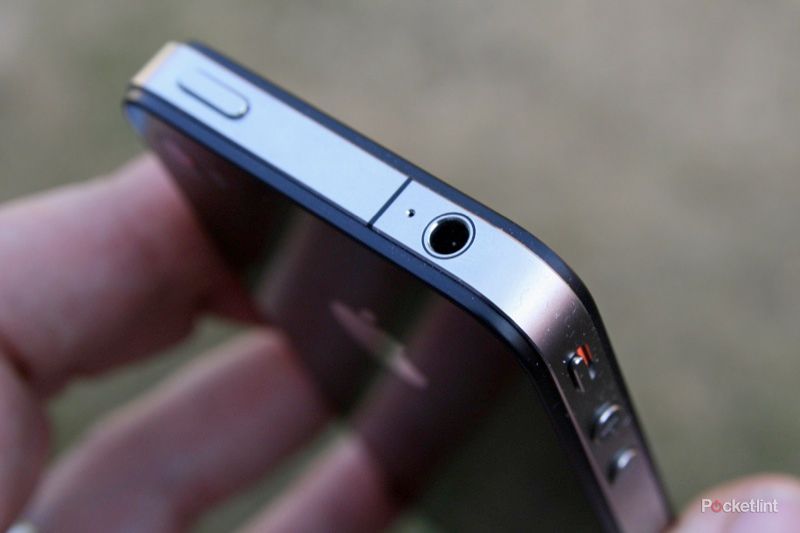
Apple iPhone 4 - 4.5 / 5
| FOR | AGAINST |
|---|---|
|
|
Apple's approach is clever, ushering iOS 4 across existing devices as well as the new model, so rather than leaving existing contract-bound owners looking enviously on, they also get in on some of the action. This point is more significant than it might seem, because whilst the iPhone on tech specs may be the best phone today, it certainly won't be come Mobile World Congress in February 2011.
But that doesn't necessarily matter, because before you even look at the hardware, the best thing about the iPhone is iOS 4 and the App Store. That's what the iPhone 4 really gives you. The hardware is merely a transitory state to carry that experience forward. Yes, there are hardware updates and it looks sexy, but it's the App Store and the user experience where it outshines its competitors.
iPhone 4 oozes Apple's industrial design, sandwiching the phone between layers of glass. The metal band offsets the gloss deep black of the front and back in a design that looks like it will be a classic. It is more interesting to look at than the last iPhone design, but it is slightly busier too: it looks more technologically sophisticated. Despite being glossy, fingerprints aren't a problem as it wipes clear in a second.
The result is a device that has a luscious feel to the front and back, but is framed by hard edges. It doesn't sit as nicely in the hand as the last iPhone or the HTC Desire with softer edges, but none of that will deter you from actually wanting one. Measuring 115.2 x 58.6 x 9.3mm, it is slim, compact, and sturdily built, weighing in at 137g.
Buttons are still fairly restrained, but expanding functions means there is more detail around the device. The customary single home button sits bottom centre, a new forward facing camera (which gives a wonderful blue reflection) sits next to the speaker slot at the top.
Down the sides you have the silence slider and the volume buttons, all of which have a great feel to them, it really gives the impression of quality as a complete package. The top has the lock and 3.5mm headphone jack, and the bottom offers up the dock connector, external speaker and mic. Around the back is the 5-megapixel camera with LED flash.
Those hard edges are noticeable when you put the phone to your ear to make a call too, and like the past iPhone, it isn't the most comfortable for making prolonged calls. Much has been written about day 1 reception problems on the iPhone 4, due to the placement of the antenna in the bottom of the phone and your hand obscuring it when holding the device.
The problem manifests itself as a drop-off in reception when holding the iPhone 4 a particular way. We never actually dropped a call, or were left with no reception, but we did notice a dive from 5 bars to 1 bar when holding the phone with the bottom left-hand corner in the palm of the left hand - see the picture below. Being a left-hander, using it in the right hand isn't a problem, but holding it to the right ear isn't as natural, at which point that bottom left corner is more likely to be covered and closer to your cheek.
Recent reports suggest that a firmware fix will correct this problem so for the time being it is a case of wait and see, and it is worth remembering that reception is also down to your network too, so the experience will vary. We found O2 to be reliable in our tests, but we know the network has experienced problems with iPhone customers in the past.
The iPhone 4 is very much about Wi-Fi (supporting b/g/n) though. It handles Wi-Fi nicely: there is less messing around than you'll find on rival platforms. You point it to your networks(s) and that's that. In a comparison with some other devices, we found that Wi-Fi reception seemed to be a little better too. Bluetooth 2.1 is included.
One of the biggest changes and the big headline is the new display. Offering up a resolution of 960 x 640, it takes the crown as the highest resolution display available on a mobile phone. At 3.5 inches, it isn't the biggest, but it certainly has the wow factor. It beats the HTC Desire screen, offering an experience closer to that we saw on the Samsung Wave with its Super AMOLED display.
Apple have called it "Retina display", but we won't get hung-up on this name as we know they like to slap names on things. What we will do is say that it looks sensational. What the display does offer is deeper blacks, meaning there is a better palette on which to draw the colours. Contrast is excellent, meaning that existing content changes in appearance: we tested some video side-by-side with the iPod touch, and the colours are richer and more precise from the iPhone 4, which is very welcomed.
When you set your eyes on it you notice that lower resolution displays look slightly primitive. The high pixel density means that text is incredibly sharp, so sharp that it still renders correctly at sizes that you'll have to really squint to see, for example looking at a full webpage. With multi-touch offering slick and fast zooming, you can really leap in and out of things and get more from the experience. We're sure that rivals will all fire out screens of this resolution soon enough, but hats off to Apple for taking things a step further.
We've covered a lot of what iOS 4 will do over in our review and we won't cover every detail again here, just pick up on the highlights. As we said, these improvements benefit existing iPhone users too, so there is a great sense of completeness to the Apple mobile ecosystem, escaping the sort of fragmentation that now plagues Android.
The sharpness of the screen means that some apps don't look quite as slick as they used to. There is noticeable fuzz around some app icons and logos, but the challenge is for the developers to update, and update they are.
As before, the iPhone is intuitive and easy to navigate. Put it in the hands of a novice and they can operate the phone in a flash. At points you run into a lack of settings or options: this is Apple trying to keep things simple. You can't change the resolution of the camera at the point of shooting, but it resizes it to task when you do something with it. You can't make attachments to emails, you have to select to email your photo, etc. As we've seen before, Apple only lets you do what it wants you to do until it has a really slick solution. Some people will want the freedoms that rival platforms offer, rather than the constraints that Apple apply to guarantee a smooth experience.
The App Store is the star of the show, offering up the widest selection of applications for you to use your phone for whatever you see fit. Once this was just about fart noises and faux beer drinking apps, but the world has moved on and it is all about social networking, communication, productivity. It also means that Apple doesn't have to cover every detail - they can leave it to developers. Why offer in-camera photo tweaking when a Photoshop app can do it for you?
The Android Market offers a similar approach but never feels as complete; BlackBerry's App World, Ovi Store, and so on just don't have the strength and depth. The App Store has more established brands offering the services you want, so the real contest is in the hands of the developers if rivals want to compete on this level.
So the new iPhone comes with two cameras, an external 5-megapixel camera - par for the smartphone course. The internal camera is a 0.3-megapixel model, offering images and video at 640 x 480, at around 30fps. The external camera offers autofocus, snapping onto the centre of the frame and setting the metering from this point. You also get touch-focusing (on both cameras) so you can touch a point and it re-focuses and also changes the metering to get a better shot.
The camera is simple to use and the lack of options means you won't get dragged off into changing the white balance and so on, when you don't really need to. The options you get are whether the "flash" fires and the option to switch between the internal and external cameras.
The results are average for a camera phone. The biggest problem is noise, with image noise being present in shots even at ISO 80 in shadowy areas. Low light shots up at ISO 3200 are very mottled, as if painted. We also found that there was a slight yellow cast on images taken in bright sunshine, with a tendency to over-saturate reds. These points won't worry you if you want to snap images to share online, but if you want shots to enlarge to display then the iPhone will never replace your digital camera.
Video capture now offers a headline 1280 x 720 capture at 30fps. The results are good and we certainly welcome the addition of a higher resolution offering here, but there is still obvious noise in shadow areas and at the periphery of videos and low light video is affected by the same noise issues, although this is to be expected. One nice feature is being able to tap focus during video, so you can sort of perform a focus pull, or at least make sure your subject is looking sharp.
Sharing is blissfully easy, but as the iPhone compresses before sending out video, you don't get the benefit of your HD video on YouTube - you'll have to move it to your PC and upload from there, which is a bit of a pain for those who don't want to be tied to a computer - the option would be nice. The internal camera makes it easy to film yourself or take the classic portrait shot, but again, you have the limited resolution to consider.
Face Time is a new feature added to iPhone 4 that offers video calling over that internal camera. A Face Time option is in the contacts list, as well as an option in-call. It isn't a new idea, having been one of the selling points for the 3G network when it first launched in the UK. It never really took off on mobile devices and we don't know whether people will use it here. It currently only works on Wi-Fi with the video quality dependent on your signal strength. The most interesting thing will be future integration of other services, so if you can have a Skype call, then you aren't dependent on the other person having an iPhone 4 and being on a Wi-Fi network. Time will tell how this pans out.
The iPhone 4 doesn't only support the creation of HD, it also supports playback of HD content. We had a couple of HD movies in iTunes which wouldn't sync with previous devices, which now appear on iPhone 4. The screen resolution gives a great platform for watching your movies and supporting HD means you won't need multiple versions of your video files. They will, however, take up a lot of your memory and you don't have the option to expand that memory like you do in rival devices, nor do you get a wide range of format support.
With a typical rented HD movie taking up 5GB of space, its easy to see how you can fill it quickly, especially if you opted for a 16GB version, but you can at least dive into iTunes on the iPhone and rent movies to watch on the go. We downloaded Avatar in HD, but you can equally sync movies via iTunes on your computer. The results are stunning and it's another example of how the Apple ecosystem is there, ready and waiting, to easily provide you with content, albeit if you are happy to pay for it.
You'll also be able to play back this content on the big screen via the dock connector, although we haven't been able to test it. We tried it with the Logic3 LCD ProDock which has Component connections for video, but it didn't output HD content from the iPhone 4.
Sitting at the core of the iPhone is Apple's A4 processor, the same as found in the iPad. This adds extra zip to the iPhone over the 3GS which was no slouch itself. Apps open in a flash and it handles the new multi-tasking with ease, with no sign of slowdown or lag.
Most impressively, text entry and the touch response is solid. Through-out our time with the iPhone there hasn't been a time when it didn't accept a press or failed to rotate the screen when asked. This is a problem that plagues many touchscreen phones and here, even loaded with content, the iPhone still performs.
The iPhone keyboard is recognised as one of the most responsive keyboards you can get, and with (reasonably) intelligent corrections it means the odd mistake doesn't matter. That shouldn't detract from the keyboard experience that HTC offers you on Android, but on the iPhone you don't feel the same sort of clutter on the display as you get on with tasks.
The browser is exceptionally fast to render pages and although there is no sign of any Flash support, it handles YouTube and embedded YouTube clips well. You also get the benefits of pinch zooming as well as double-tap resizing of text and it all works very well.
There is a GPS and a heap of sensors on-board too (including a 3-axis gyro, which will be great for gaming), so you'll get your maps oriented to your direction of travel if that's what you like. Unlike Android, however, you don't get turn-by-turn navigation at a core level, but there are plenty of services to choose from if you want to use your phone as a navigator, again, at a cost. Maps do load quickly and we found that this is true of iPhone apps in general: they are quick to update once you open them.
Of course the iPhone also comes with full iPod credentials, so as a music player it works very well. The multi-tasking bar also offers up iPod controls, so you can be listening to music whilst browsing the web, double click the home button, and change your track, all in a flash. It's a practical consideration and works nicely in most situations, but not all apps are compatible with multitasking and some never will be. You can get music controls when the screen is locked via the same method: double click home button and music controls appear on your standby screen.
So what you have in the iPhone 4 is a collection of changes that respond to some of the criticisms that Apple has faced: you now have competitive camera specs and new features surrounding them. You have a new faster device, with more power, capable of handling modern expectations. With such a buzz around the iPhone there is a sense of inevitability that developers will respond to the new features they have to play with to give us a new set of apps to exploit the handset's power.
The downside of course is that you'll have to pay for it. The iPhone comes in at a price that puts it top of the tree and with only the one device, you are left to pay for it or go without. But that's not entirely true. With loads of iPhone 3GS handsets in existence, many are now finding their way onto the second-hand market. It's still a very capable device, so if you want the love but can't afford the price, it might be worth a shot.
As with other smartphones on the market, if you use your iPhone intensively you'll find it soon runs out of battery. We haven't seen the battery empty itself quite as rapidly as the 3GS and in testing over the days we’ve had the phone, we haven't found ourselves running short during the day. Of course, this depends on a lot of factors, but needless to say, if you are constantly on your iPhone, you'll be charging it every night.
iOS 4 didn’t usher in live widgets or offer up a rival service to something like HTC Sense, with deep connections to your online life. Out of the box, the iPhone doesn't just go off and start making these connections: yes, there is MobileMe, but that's a service you still have to pay for. Google, by contrast, offers a world of free options for you, which is a very compelling alternative in its Android platform. We'd like to see some form of live icons or an expanded notification system to make daily interaction at a glance a little more complete. But the great thing about the iPhone is that you can reliably buy in quality content so easily, which for many, is a real bonus.
To recap
While there is space to improve the iPhone, you don't necessarily feel you are missing out. What you have is a device that is an excellent multimedia platform and open to a new generation of unfolding possibilities

